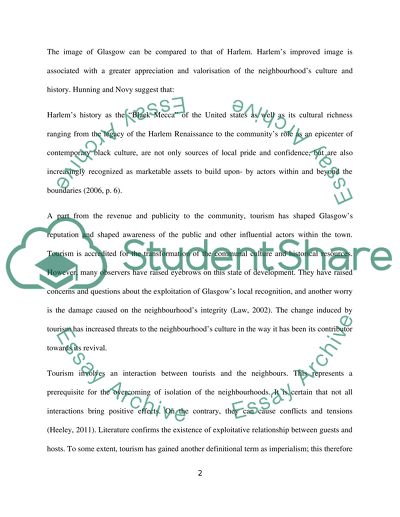Cite this document
(“Urban Tourism Essay Example | Topics and Well Written Essays - 2000 words - 1”, n.d.)
Urban Tourism Essay Example | Topics and Well Written Essays - 2000 words - 1. Retrieved from https://studentshare.org/tourism/1659696-urban-tourism
Urban Tourism Essay Example | Topics and Well Written Essays - 2000 words - 1. Retrieved from https://studentshare.org/tourism/1659696-urban-tourism
(Urban Tourism Essay Example | Topics and Well Written Essays - 2000 Words - 1)
Urban Tourism Essay Example | Topics and Well Written Essays - 2000 Words - 1. https://studentshare.org/tourism/1659696-urban-tourism.
Urban Tourism Essay Example | Topics and Well Written Essays - 2000 Words - 1. https://studentshare.org/tourism/1659696-urban-tourism.
“Urban Tourism Essay Example | Topics and Well Written Essays - 2000 Words - 1”, n.d. https://studentshare.org/tourism/1659696-urban-tourism.


